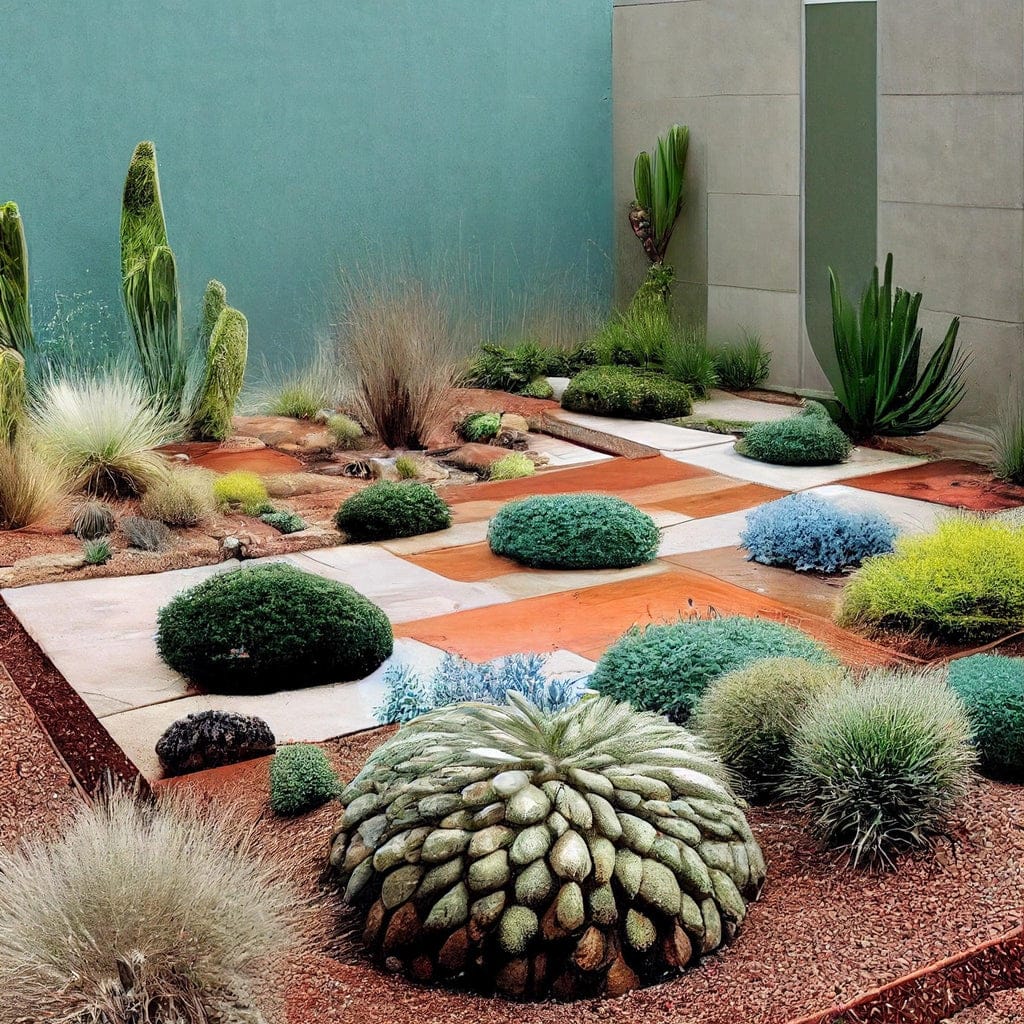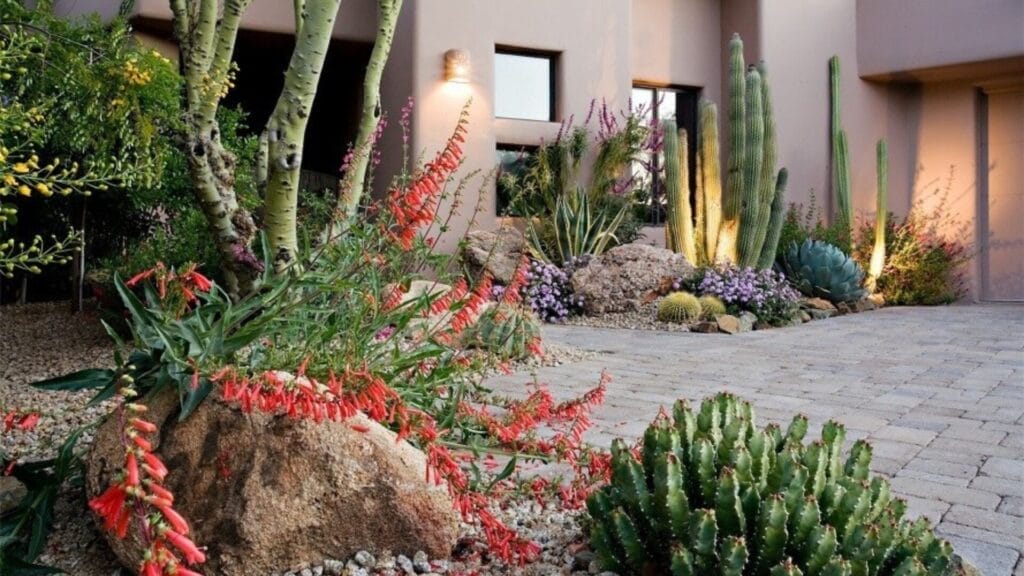Sustainable Landscaping Tips for Homes in Austin and Bee Cave
By Innovation Grounds
In recent years, sustainable landscaping has gained popularity as homeowners become more conscious of their environmental impact. For those in Austin and Bee Cave, incorporating sustainable landscaping practices can not only enhance the beauty of your property but also help conserve resources, improve biodiversity, and reduce maintenance costs. Whether you’re a seasoned gardener or just starting out, here are some practical tips for creating a sustainable landscape that thrives in the Texas climate.
1. Choose Native Plants for Low Maintenance
One of the easiest ways to create a sustainable landscape in Austin and Bee Cave is by selecting native plants. Native plants are well-adapted to the local climate, requiring less water, fertilizer, and pesticides than non-native species. They also provide habitat for local wildlife, including birds, butterflies, and pollinators.
Some popular native plants for sustainable landscaping in Austin include:
- Texas Bluebonnet: The state flower, known for its vibrant blue color, is drought-tolerant and attracts bees.
- Blackfoot Daisy: A hardy, low-maintenance flower that thrives in dry conditions.
- Texas Sage: A beautiful shrub that requires minimal water and can withstand extreme temperatures.
By choosing plants that are native to the region, you can reduce your water usage while also promoting local ecosystems.
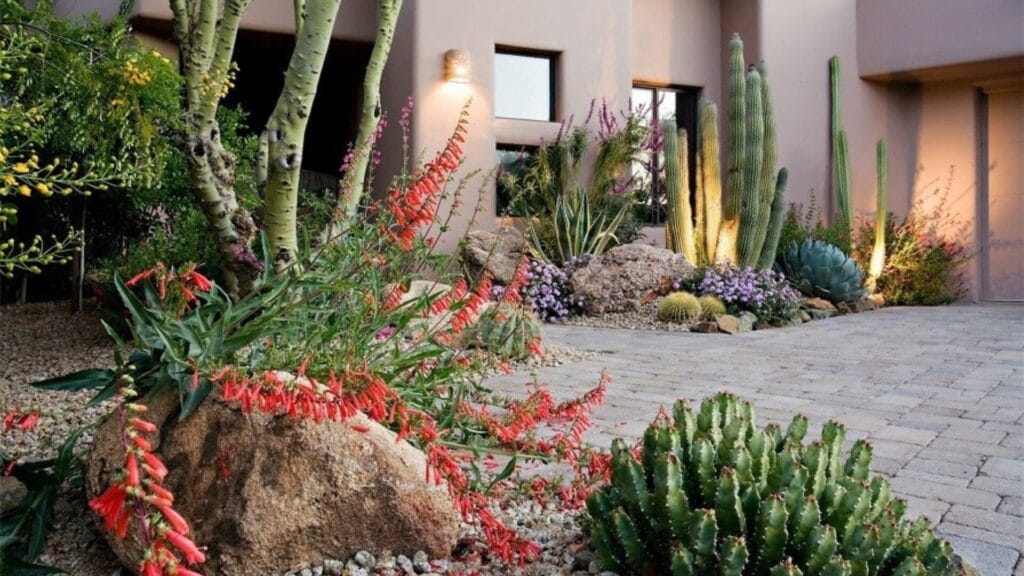
2. Implement Xeriscaping for Water Efficiency
Austin is no stranger to droughts, which makes water conservation a top priority for homeowners. Xeriscaping is a landscaping technique that uses drought-tolerant plants and efficient watering practices to minimize water consumption.
Incorporate the following xeriscaping strategies into your sustainable landscaping plan:
- Group Plants by Watering Needs: Place plants with similar water needs together to reduce over-watering.
- Use Mulch: A thick layer of mulch helps retain moisture in the soil, reducing the need for frequent watering.
- Install Drip Irrigation: Drip irrigation systems deliver water directly to the roots of your plants, reducing water waste compared to traditional sprinkler systems.
By implementing xeriscaping, you can create a beautiful landscape that requires minimal water, saving you money on your water bills while also helping conserve this precious resource.
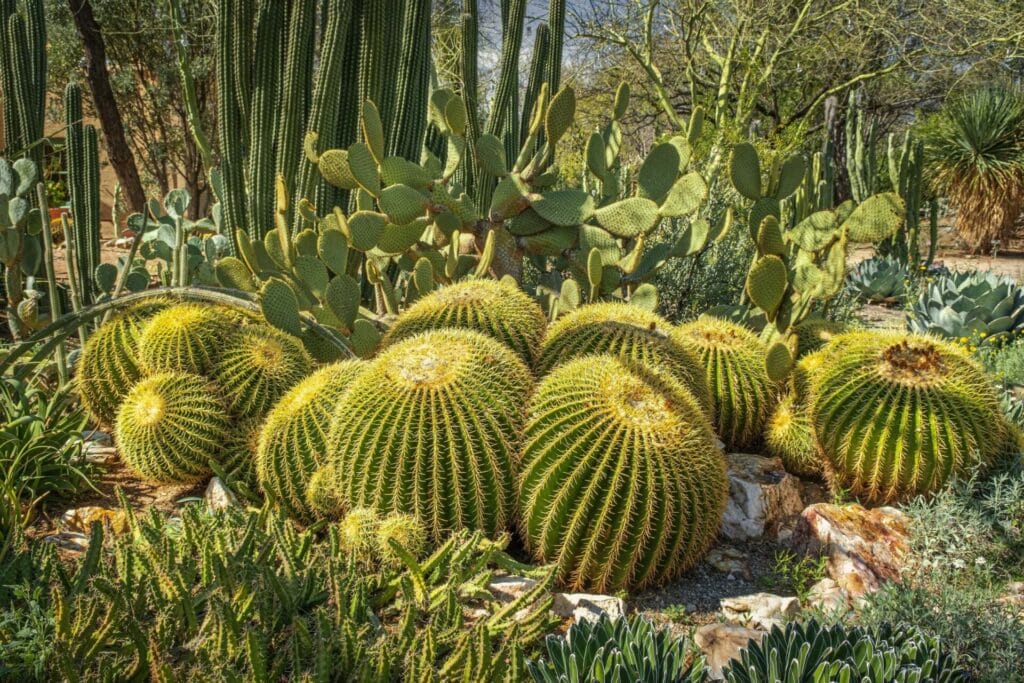
3. Reduce Lawn Areas
Traditional lawns require a lot of water, fertilizer, and maintenance. Reducing the size of your lawn or eliminating it altogether is a great way to make your landscape more sustainable. Instead of a grass-heavy yard, consider incorporating ground covers like clover, which needs less water and maintenance than traditional turf. You can also replace sections of lawn with gravel paths, raised garden beds, or a natural stone patio.
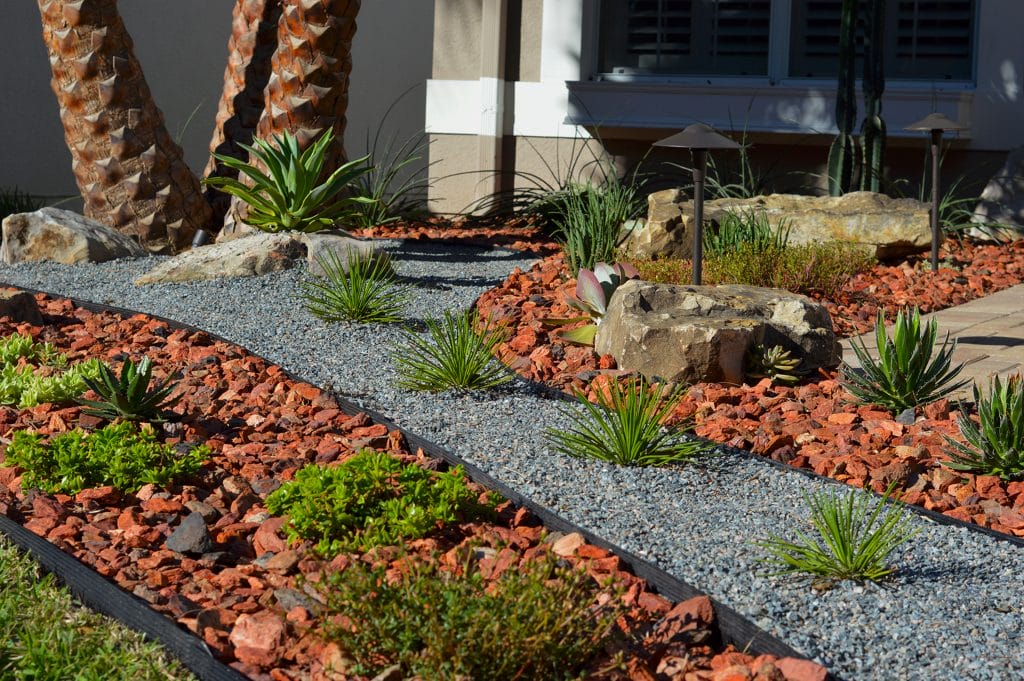
4. Use Organic Fertilizers and Natural Pest Control
Many chemical fertilizers and pesticides can be harmful to the environment, contaminating local water supplies and killing beneficial insects. To keep your landscaping truly sustainable, opt for organic fertilizers and natural pest control methods. Look for compost, compost tea, or organic fertilizers made from plant or animal-based materials that are safe for the environment.
When dealing with pests, consider introducing natural predators, such as ladybugs or predatory beetles, to keep harmful insects in check. You can also plant pest-repellent herbs like lavender, mint, and rosemary, which will help protect your garden without the need for harmful chemicals.
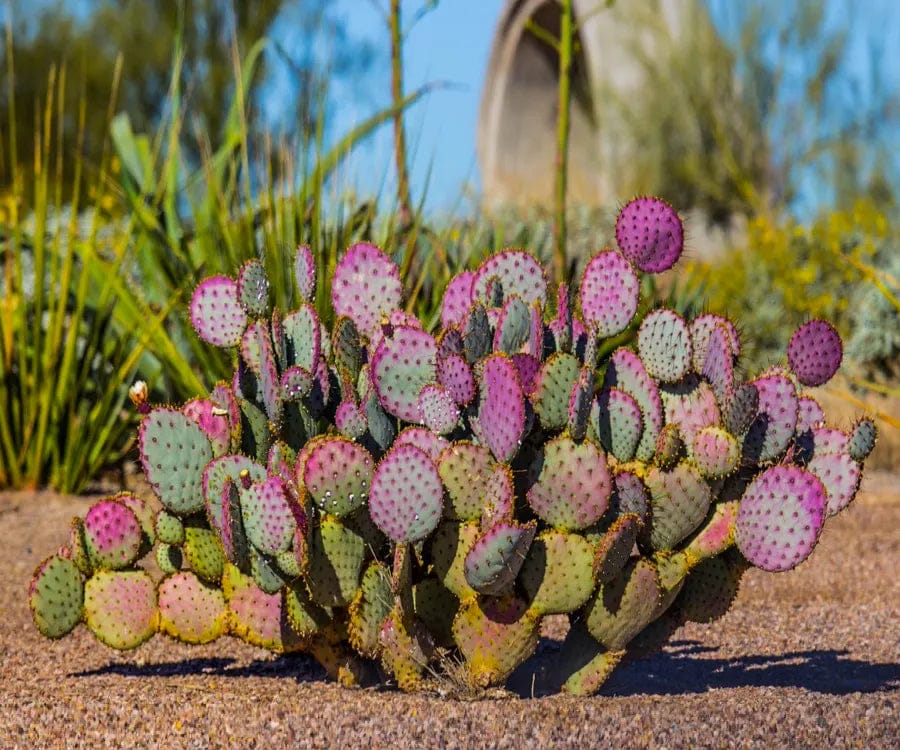
5. Create Efficient Drainage Systems
Proper drainage is essential for maintaining a sustainable landscape. Poor drainage can lead to erosion, waterlogging, and damage to plants. To avoid these issues, incorporate rain gardens or permeable paving into your landscaping design. Rain gardens collect and filter stormwater, reducing runoff and allowing water to naturally recharge the soil.
Permeable paving options, like gravel or porous concrete, allow rainwater to seep into the ground rather than running off into storm drains. This not only helps conserve water but also reduces the strain on local infrastructure during heavy rainstorms.
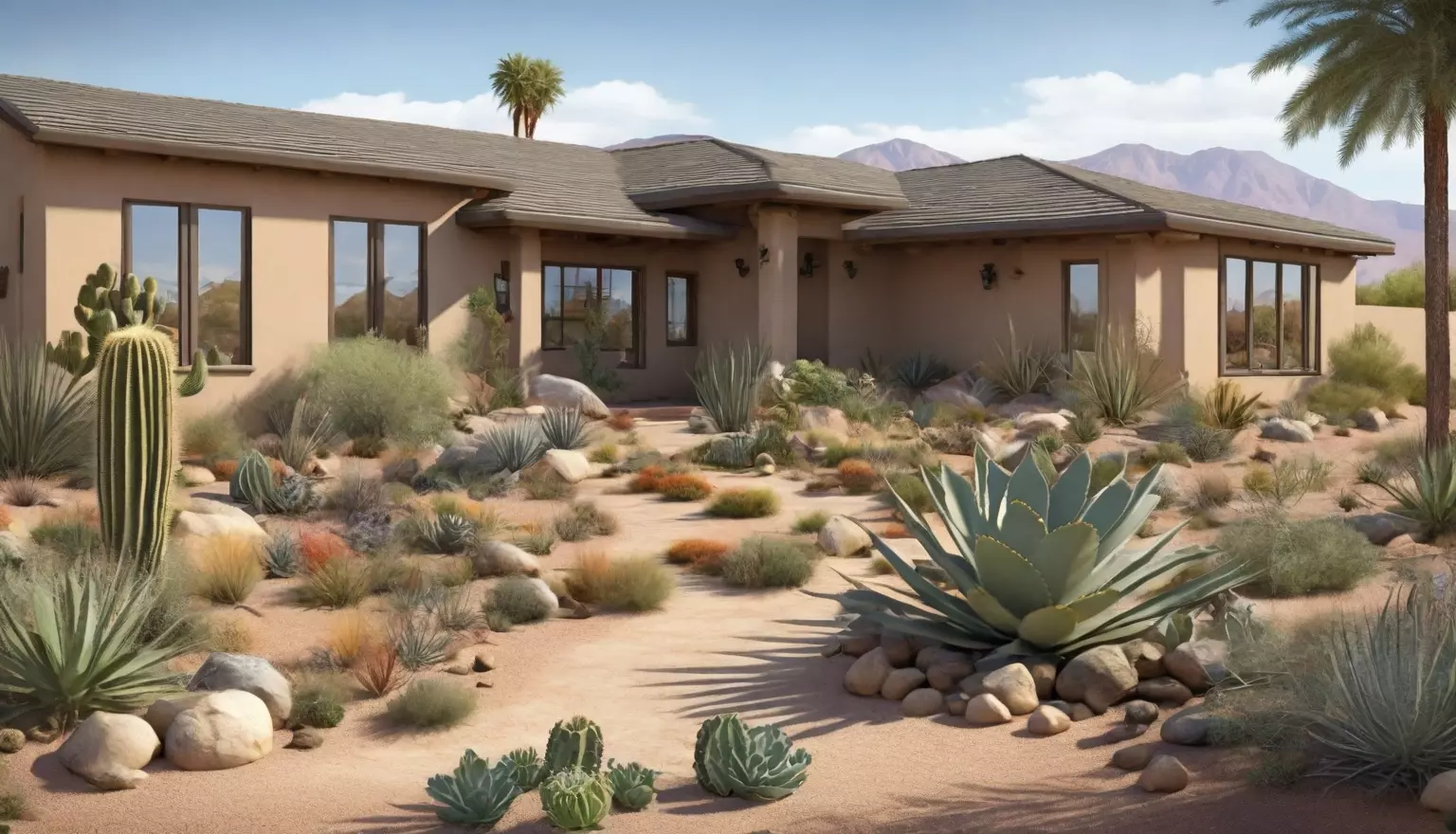
6. Incorporate Solar-Powered Lighting
Lighting can add ambiance to your outdoor spaces, but traditional electric lights can increase your carbon footprint. Solar-powered lighting is a sustainable alternative that harnesses the power of the sun to illuminate your yard without using electricity. From pathway lights to accent lighting, solar-powered options are energy-efficient and require little maintenance.
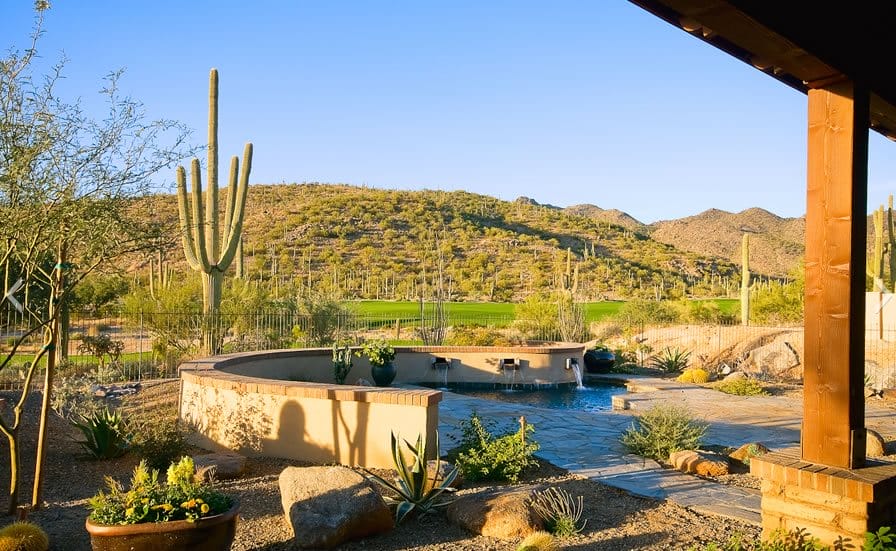
7. Compost Yard Waste
Composting is an excellent way to reduce waste while creating nutrient-rich soil for your garden. Instead of sending grass clippings, leaves, and other yard waste to the landfill, compost them to create organic matter that can improve soil structure and support plant growth. Composting reduces methane emissions and promotes healthier plants, making it a key element of sustainable landscaping.
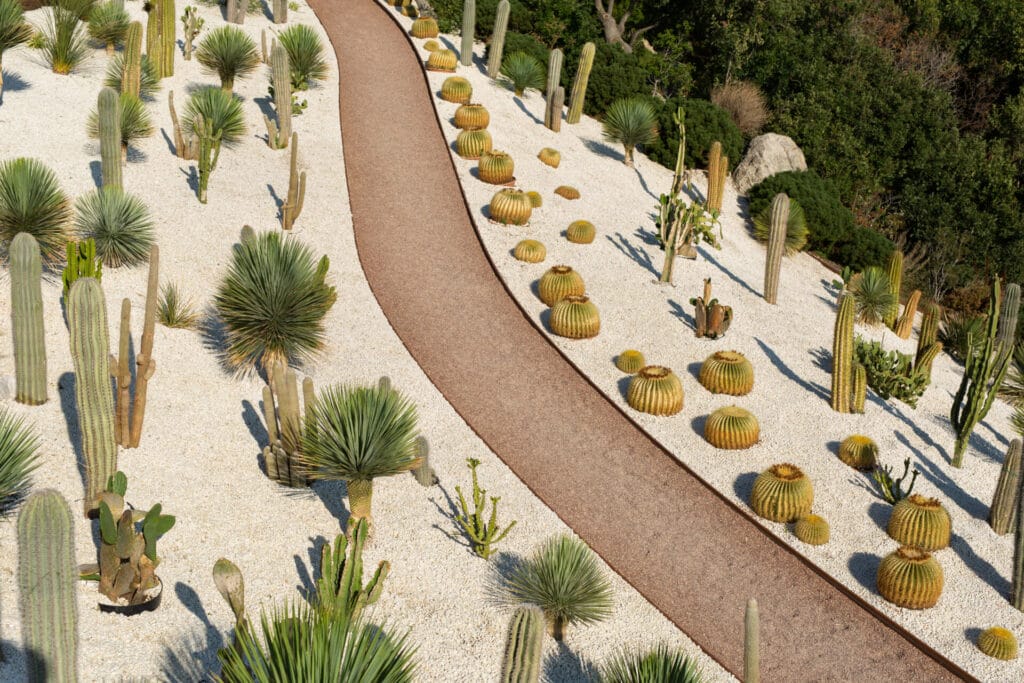
Conclusion
Sustainable landscaping in Austin and Bee Cave is a smart choice for homeowners looking to reduce their environmental footprint, conserve resources, and enhance the beauty of their outdoor spaces. By incorporating native plants, xeriscaping techniques, and organic practices, you can create a landscape that thrives in the Texas climate while benefiting the environment. Whether you’re looking to save water, reduce maintenance, or promote biodiversity, these sustainable landscaping tips will help you create a yard that is both beautiful and eco-friendly.
